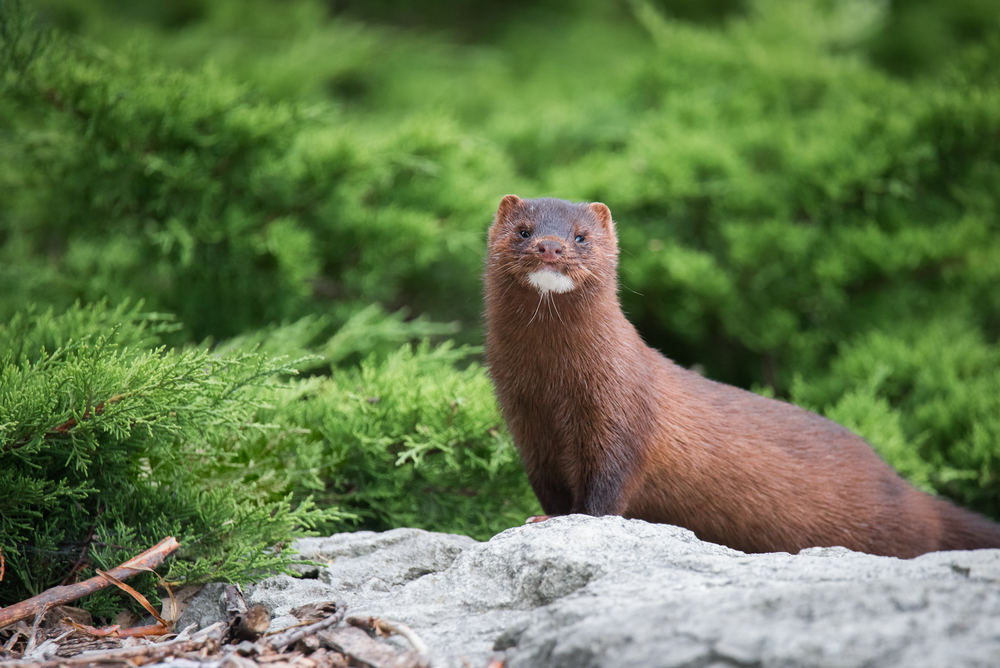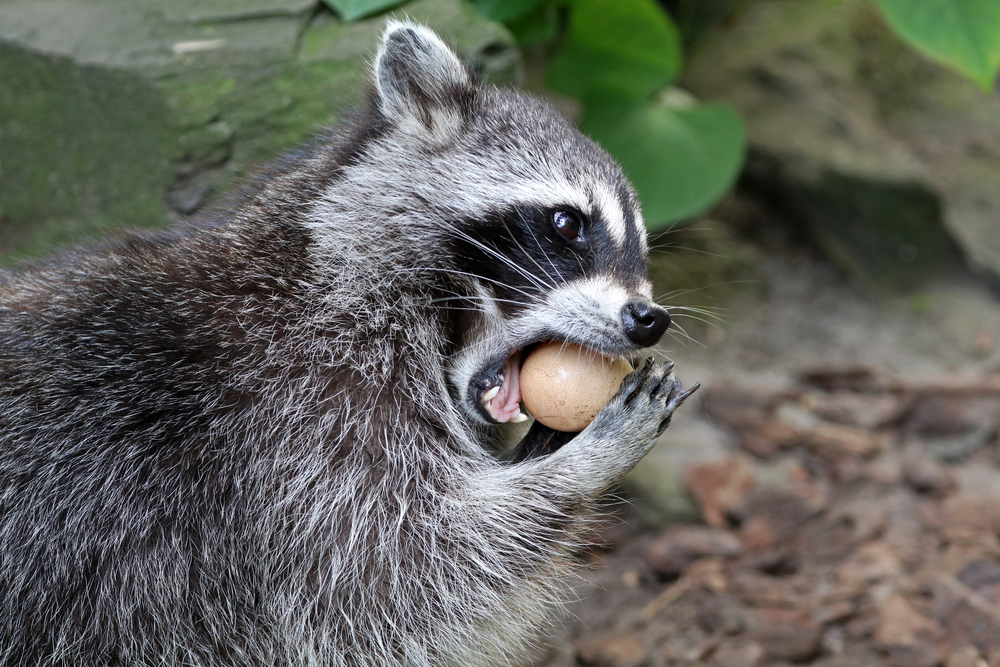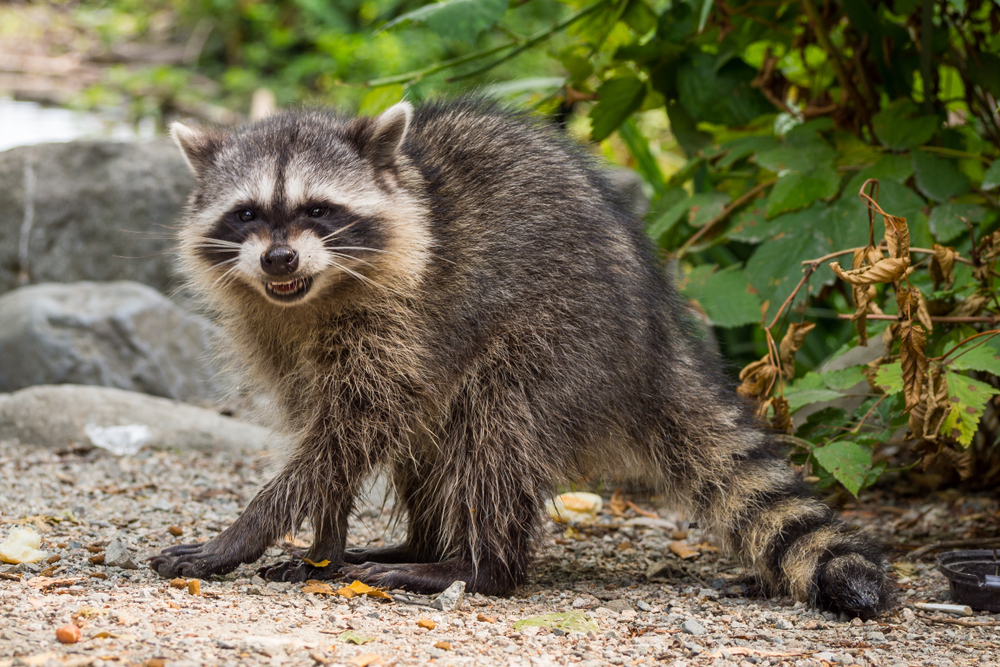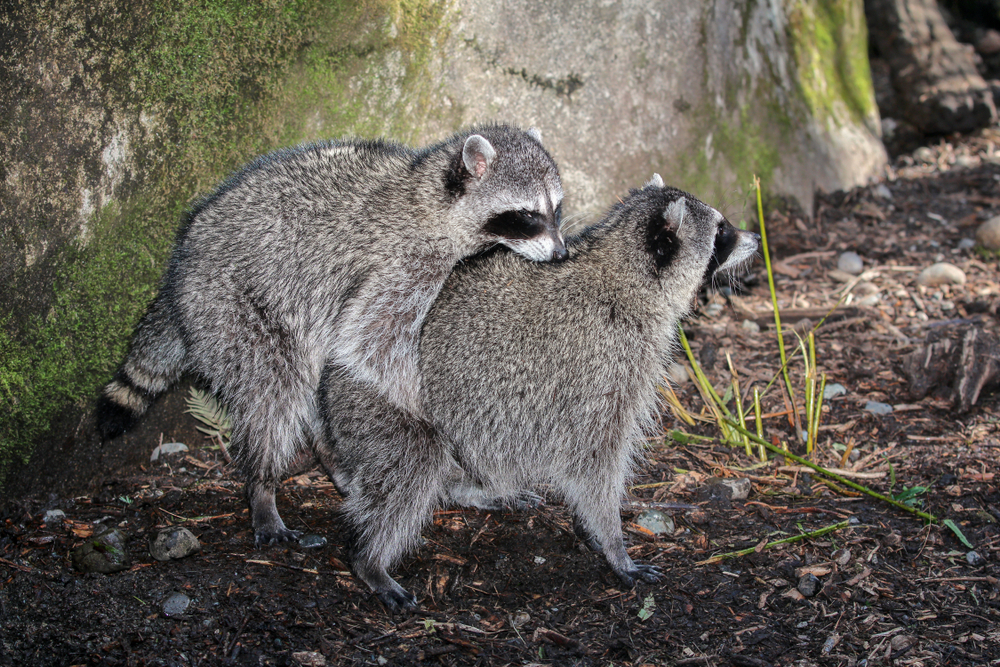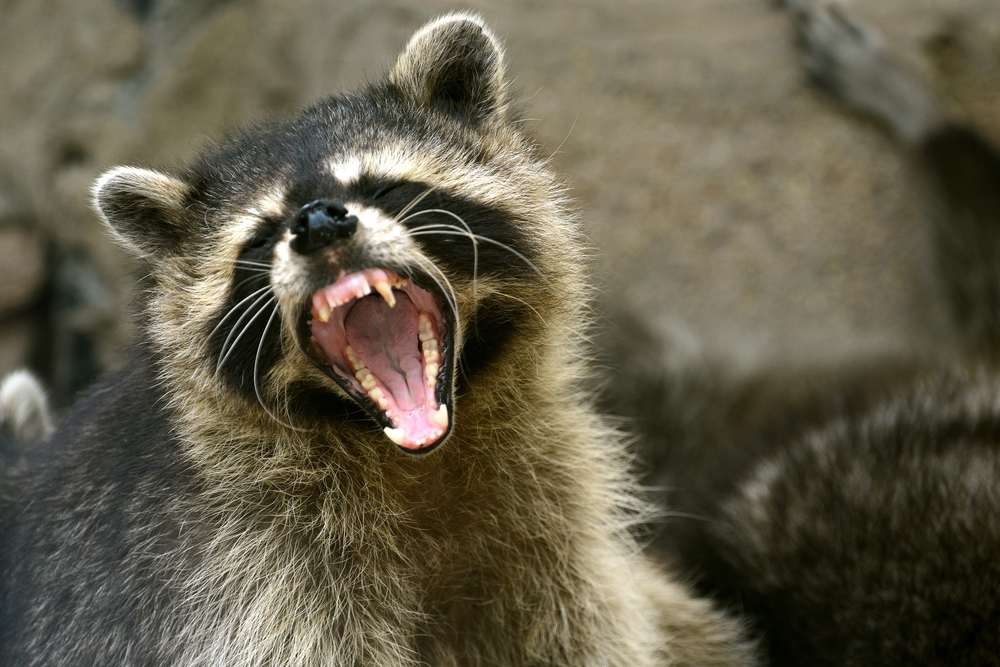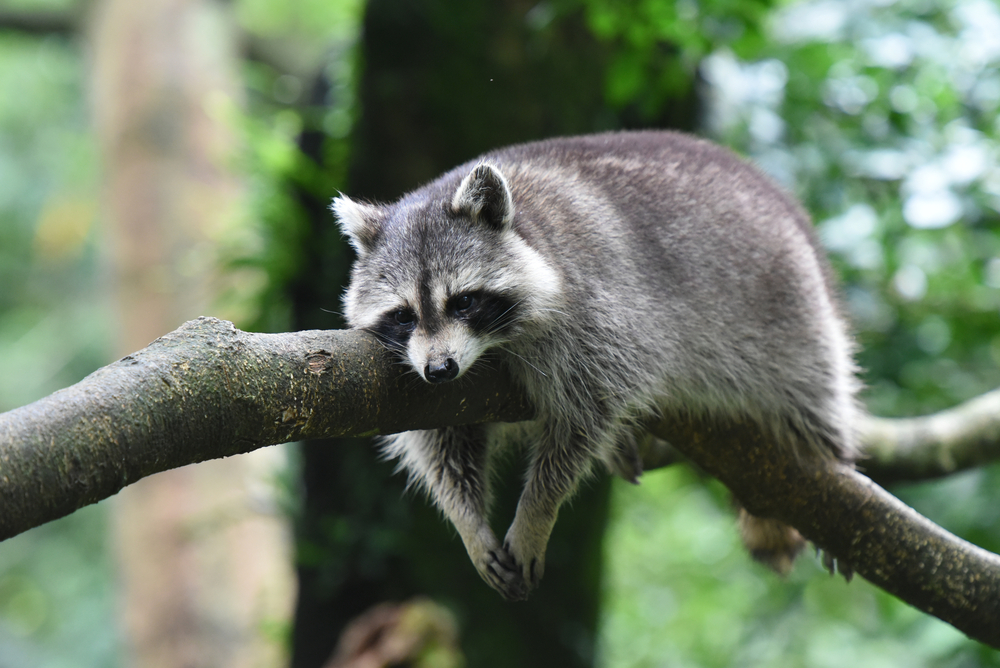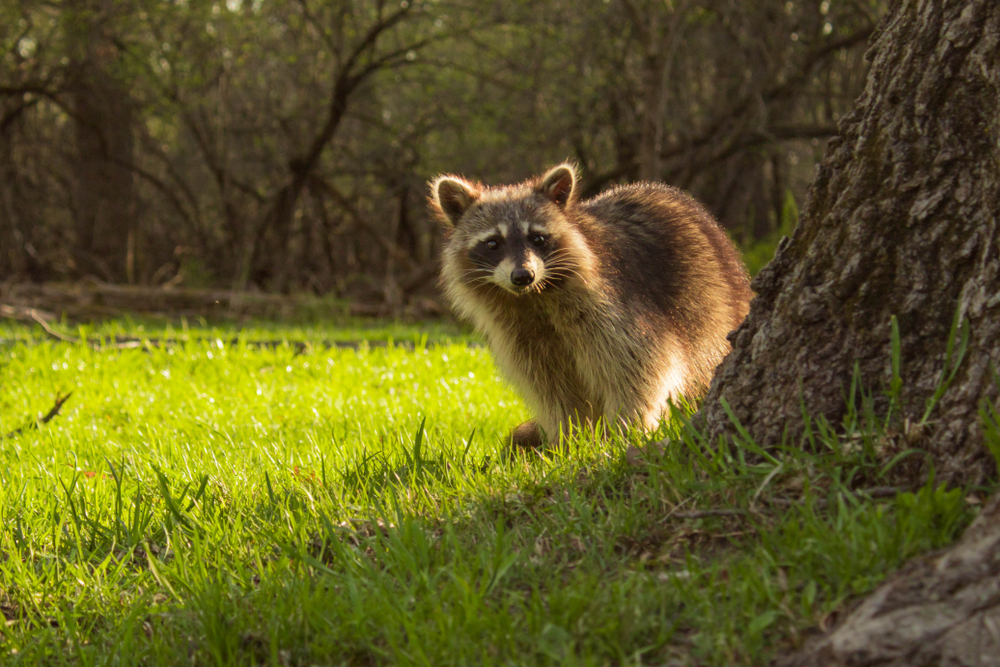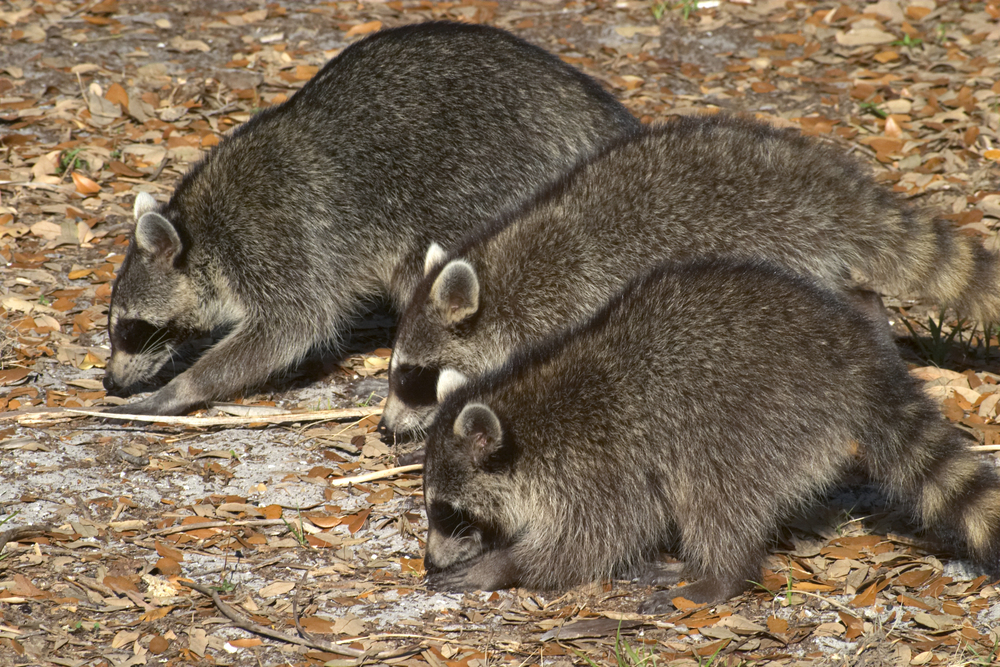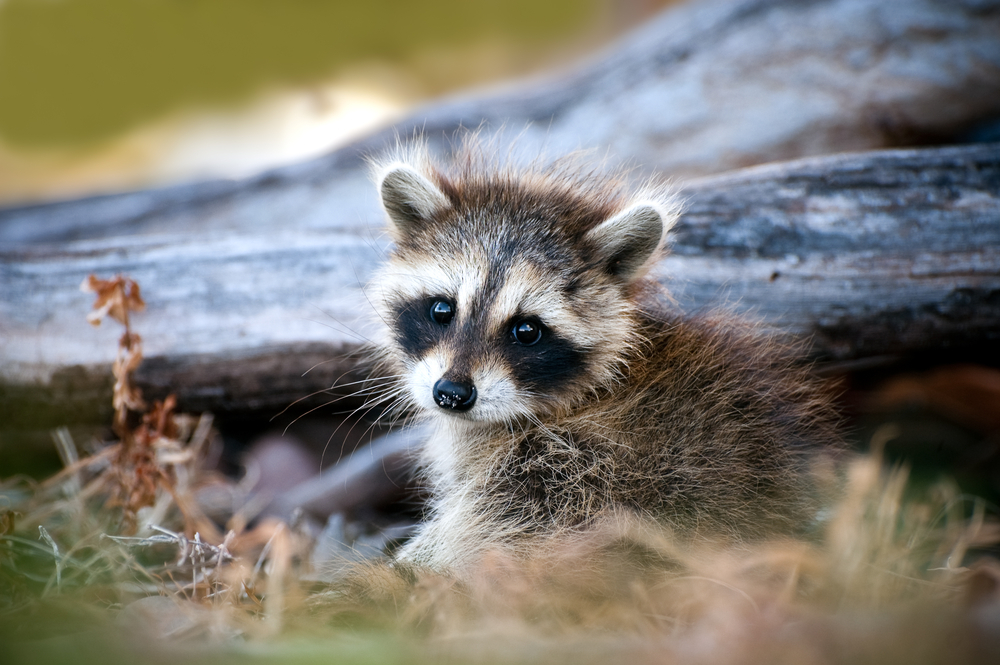About
Physical Characteristics
The Raccoon (Procyon lotor), often noted for its dexterity and adaptability, is a medium-sized mammal native to North America but has also been introduced to parts of Europe and Asia. Known for its distinctive “masked” facial markings and ringed tail, the raccoon is a versatile species, capable of thriving in both wild and urban environments. Here’s a detailed look at the physical characteristics of the raccoon:
Size
- Body Length: Adult raccoons typically measure between 16 to 28 inches (40 to 70 centimeters) in length, not including the tail.
- Tail Length: Their bushy tail adds an additional 8 to 12 inches (20 to 30 centimeters) to their overall length, characterized by 5 to 10 alternating black and white rings.
- Weight: Raccoons vary widely in weight depending on their habitat and diet, ranging from 5 to 20 pounds (2.3 to 9 kilograms), with some urban individuals becoming significantly heavier due to access to plentiful food sources.
Physical Characteristics
- Body Shape: Raccoons have a stocky build with a broad torso, short legs, and a compact appearance. Their body is well-adapted for climbing, with a robust musculature that supports their omnivorous foraging lifestyle.
- Fur: Their fur is dense and insulating, providing protection from cold weather. The coloration varies from greyish-brown to black, with a characteristic black “mask” over their eyes, which enhances night vision and reduces glare.
- Head: The head is broad with a pointed snout, small ears, and distinctive facial markings. The black mask is contrasted by white fur around the eyes and muzzle.
- Eyes: Raccoons have large, dark eyes with excellent night vision, aiding their nocturnal activities.
- Hands: One of the raccoon’s most notable features is its dexterous front paws, which resemble human hands with five fingers. Raccoons are famous for their tactile sensitivity and use their hands to explore and manipulate their environment, often “washing” their food in water before eating.
- Teeth: They have sharp teeth adapted for an omnivorous diet, including 40 teeth suited for grinding plant material and cutting through meat and tough food items.
Behavior and Adaptations
Raccoons are highly adaptable creatures, capable of living in a wide range of environments from dense forests to urban areas. They are primarily nocturnal, with a diet that includes fruits, nuts, insects, small mammals, and, in urban areas, garbage and pet food.
Raccoons are known for their intelligence and problem-solving abilities, often opening latches and exploring garbage cans in search of food. They are solitary outside of the mating season, although mothers care for their kits in a family unit until they are old enough to fend for themselves.
The raccoon’s physical attributes, including its dexterity, adaptability, and distinctive markings, make it a unique and recognizable species across its range. Despite their cute appearance, raccoons can be carriers of diseases such as rabies and should be observed from a distance in the wild.
Reproduction
Raccoons have a well-defined reproductive cycle:
Gestation Period: The gestation period for raccoons typically lasts around 63 days, which is approximately two months.
Number of Young: A female raccoon, called a sow, usually gives birth to a litter of 2 to 5 kits, although litters of up to 7 or 8 kits have been reported. The number of kits can vary based on factors like the mother’s age, health, and the availability of food resources.
Birth Time: Raccoons typically give birth in the early spring, usually from March to May, depending on their geographic location. This timing allows the young raccoons to be born when food is more abundant, providing better chances of survival.
Development: When born, raccoon kits are blind, deaf, and covered in a fine fur. They are entirely dependent on their mother for warmth, nourishment, and protection. Over the course of a few weeks, their eyes and ears open, and they begin to explore their den. The mother cares for and nurses her young until they are old enough to venture out on their own, which is usually when they are around 7 to 16 weeks old.
The raccoon’s reproductive cycle is adapted to ensure the survival of their young in changing environmental conditions, and they are known for their maternal care and protection of their offspring during their early stages of life.
Lifespan
The lifespan of raccoons can vary depending on their environment:
In the Wild: Raccoons typically have a lifespan of 2 to 3 years in the wild. However, many factors can influence their survival and longevity in their natural habitat. Some may live longer if they are able to avoid predators, find abundant food sources, and maintain good health.
In Captivity: In captivity, such as in a controlled environment like a wildlife rehabilitation center or zoo, raccoons can live longer, often reaching 5 to 7 years or even more with proper care. The controlled conditions, protection from predators, and access to regular food and medical care contribute to their extended lifespan.
Biggest Threats: Raccoons face several threats in the wild, which can significantly impact their lifespan and survival. These threats include:
- Predators: Raccoon kits and adults are preyed upon by various animals, including large birds of prey, coyotes, foxes, bobcats, and larger carnivores like cougars.
- Habitat Loss: Urbanization and deforestation reduce the availability of suitable habitats for raccoons, forcing them to adapt to living in close proximity to humans.
- Disease: Raccoons are susceptible to various diseases, including rabies, distemper, and raccoon roundworm. These diseases can be fatal and can also pose risks to humans and domestic animals.
- Human Interaction: Collisions with vehicles are a common cause of mortality among raccoons, especially in urban areas where roads intersect with their habitat. They can also be considered pests and face lethal control measures in some regions.
- Environmental Factors: Extreme weather events, such as harsh winters, can impact their food availability and survival.
Overall, raccoons are adaptable and resilient animals, but they face ongoing challenges in their interactions with humans and their changing natural habitats.
Eating Habits
Raccoons are opportunistic omnivores with a diverse diet. Their eating habits are quite adaptable, allowing them to consume a wide range of foods. Here’s a description of their eating habits:
Diet: Raccoons have a varied diet that includes both plant and animal matter. Their diet typically consists of:
- Fruits and Vegetables: Raccoons eat a variety of fruits, berries, nuts, and vegetables. They are known to raid gardens and orchards, consuming crops like sweet corn, grapes, and melons.
- Invertebrates: Raccoons often forage for insects, grubs, worms, and other invertebrates. They may overturn logs and dig in the soil to find these food sources.
- Small Animals: Raccoons are skilled hunters and may catch small animals such as rodents, birds, frogs, and fish. They have dexterous paws that enable them to manipulate and capture prey.
- Carrion: Raccoons are scavengers and will feed on carrion, including roadkill and other dead animals.
- Human Food: Raccoons are notorious for rummaging through trash cans and dumpsters, and scavenging for human food scraps and leftovers.
Foraging: Raccoons are primarily nocturnal, so they are most active during the night. They have excellent night vision, keen senses of smell and touch, and agile front paws that resemble hands. These features make them adept foragers. Raccoons use their front paws to manipulate objects, open containers, and extract food. They may wash their food in water before eating it, a behavior that has contributed to their reputation.
Raccoons are highly adaptable and can adjust their diet based on the food sources available in their environment. Their ability to exploit various food resources has contributed to their success in both natural and urban habitats. However, their scavenging behavior around human settlements can sometimes lead to conflicts with people.
Uniqueness
Raccoons (Procyon lotor) possess several unique characteristics and adaptations that set them apart from other animals:
- Dexterous Paws: Raccoons have incredibly dexterous front paws with five long fingers that resemble human hands. These nimble paws allow them to manipulate objects, open containers, and even turn doorknobs. Their ability to grasp and handle various items makes them excellent foragers.
- Nocturnal Behavior: Raccoons are primarily nocturnal, which means they are most active during the night. Their excellent night vision, acute sense of smell, and keen hearing help them navigate and locate food in the dark.
- Masked Face: Raccoons have distinctive facial markings that resemble a mask. This unique feature has contributed to their recognition in popular culture and folklore.
- Omnivorous Diet: Raccoons are opportunistic omnivores with a broad diet that includes fruits, vegetables, invertebrates, small animals, carrion, and human food scraps. Their adaptability and diverse diet contribute to their survival in various habitats.
- Washing Behavior: Raccoons are known for their habit of “washing” their food in water before eating it. While this behavior is not always related to cleanliness, it is thought to help soften and manipulate food. It has become a distinctive trait associated with raccoons.
- Urban Adaptability: Raccoons have adapted well to urban environments and are often found in cities and suburbs. Their ability to exploit human-made food sources, such as garbage cans and dumpsters, has allowed them to thrive in urban areas.
- Social Structure: Raccoons are typically solitary animals, but they may form loose social groups, especially during mating season or when sharing a food source. Female raccoons are known to form small family units with their young.
- Tree Climbing: Raccoons are excellent climbers and are equally comfortable on the ground and in trees. Their strong hind legs and sharp claws allow them to ascend trees and escape from predators.
- Nocturnal Chatter: Raccoons are known for their vocalizations, including chattering, purring, and growling. They use these sounds to communicate with each other, especially during encounters with potential threats or other raccoons.
- Natural Range: Raccoons are native to North and Central America but have been introduced to other parts of the world. Their adaptability and wide distribution make them a fascinating and often encountered species in many regions.
These unique features, combined with their adaptability and resourcefulness, have made raccoons both a subject of fascination and, at times, a source of challenges for humans living alongside them.
Sources
- Britannica, Raccoon, https://www.britannica.com/animal/raccoon, retrieved January 2024.
- Burnie, David & Wilson, Don, Animal, Smithsonian Institute, Washington DC.
- Clutton-Brock, Juliet and Wilson, Don, Mammals, Smithsonian Handbooks, New York, NY.
- Hickman et al, Integrated Principle of Zoology, McGraw Hill, Boston.
- Paragon, The Ultimate Guide to Wildlife in North America, Atlantic Publishing, UK.






































































